POKER MATH
THE UNDERLYING FORM OF THE GAME
Poker is a game of skill, psychology, and strategy, but at its core lies a fundamental truth: math drives everything. Understanding the mathematical underpinnings of the game is not an optional skill for serious players; it’s the engine that powers long-term profitability. Whether you’re calculating pot odds to justify a call, estimating hand probabilities to make better decisions, or using combinatorics to identify hand ranges, math provides the foundation for every informed decision at the table.
Math’s influence in poker isn’t isolated to calculations—it informs the way you view the game. When you understand that every action has an Expected Value (EV), you start to see poker not just as a collection of individual hands but as a long-term strategic endeavor. This mindset separates casual players from serious ones.
EXAMPLES OF MATH IN ACTION
POT ODDS & HAND PROBABILITIES
EXPECTED VALUE
IMPLIED ODDS & FOLD EQUITY
COMBINATORICS & HAND RANGES
One of the first mathematical concepts every player should master is comparing pot odds to hand probabilities. For example, if you’re on a flush draw, how often do you need to win to justify calling a bet? Pot odds provide the answer, and our article, Pot Odds & Hand Probabilities, offers a step-by-step breakdown of how to calculate them at the table.
Every decision in poker has an EV—either positive or negative. Understanding how to calculate EV can turn a marginal play into a profitable one. For a deeper dive into this critical concept, check out Expected Value in Poker.
Not all calculations end at the pot odds. Implied odds consider the potential future winnings if you hit your hand, while fold equity accounts for the likelihood of your opponent folding to a bet. Both concepts are essential for mastering advanced strategies. Learn more in our article, Fold Equity & Implied Odds.
Narrowing an opponent’s hand range is as much an art as it is a science. Using combinatorics to calculate the number of possible hands your opponent might hold gives you a massive edge in reading situations correctly. To sharpen this skill, refer to Hand Combinations – Combinatorics and Identifying Hand Ranges in Texas Hold’em
By tying these mathematical concepts together, players can develop a comprehensive approach to decision-making. Whether you’re facing a tough call on the river or planning a semi-bluff on the turn, poker math ensures your decisions are grounded in logic and probability rather than guesswork.
WHY POKER MATH MATTERS
Poker is a game of decisions, and every decision you make at the table impacts your long-term results. While luck plays a role in the short term, over time, it’s your ability to make mathematically sound choices that separate winning players from those who consistently lose. Poker math matters because it provides the framework to make those choices with confidence and precision.
LONG-TERM PROFITABILITY
OBJECTIVITY IN DECISION-MAKING
The key to poker success lies in recognizing that it’s a game of the long term. You might lose with pocket Aces in a single hand, but over thousands of hands, playing strong hands correctly will lead to profit. Math helps you focus on the process of making +EV (positive expected value) decisions rather than being swayed by short-term results. By mastering poker math, you can confidently make decisions that may not always pay off in the moment but will yield significant rewards over time.
One of the most challenging aspects of poker is detaching your emotions from your decisions. Whether you’re on a heater or a losing streak, it’s easy to let feelings cloud your judgment. Poker math provides an objective framework to evaluate each situation, ensuring you stay grounded in logic rather than being influenced by the emotional highs and lows of the game.
For example, when deciding whether to call a bet, pot odds and hand probabilities give you a clear answer. If the math doesn’t support a call, folding becomes the obvious choice—even if it’s emotionally difficult.
GAINING AN EDGE OVER OPPONENTS
BUILDING A STRATEGIC FOUNDATION
Most players, especially at lower stakes, rely on intuition and gut feelings rather than math. By understanding and applying poker math, you can gain a significant edge over these opponents. For example:
- Implied Odds: Knowing when your potential future winnings justify a call can help you exploit players who overvalue their hands.
- Fold Equity: Understanding how likely your opponent is to fold to a bet allows you to execute effective bluffs and semi-bluffs.
When you consistently apply mathematical principles, you’ll not only maximize your own profits but also exploit the weaknesses of less knowledgeable players.
While poker is a psychological game, math lays the foundation for every successful strategy. Concepts like pot odds, hand probabilities, and expected value are universal, applying to cash games, tournaments, and even mixed games. Once you’ve mastered these basics, you can layer in advanced strategies like range balancing, GTO (game theory optimal) play, and exploitative adjustments.
REDUCING COSTLY MISTAKES
Poker math doesn’t just help you win more—it also helps you lose less. By understanding concepts like reverse implied odds (situations where you stand to lose more than you can win) or the danger of chasing long-shot draws, you can avoid the pitfalls that drain the bankrolls of inexperienced players.
Mastering poker math doesn’t mean you’ll win every hand—it means you’ll make the best possible decisions in every situation. Over time, these decisions will lead to consistent profits and elevate your game to a level where you can outplay opponents who rely solely on instinct.
For a deeper dive into specific concepts mentioned here, check out these related articles:
BREAKING DOWN POKER MATH
Poker math might sound daunting, but it’s composed of several foundational concepts that are easy to grasp with practice. These mathematical elements are the pillars of a strong poker strategy, helping you evaluate situations, make profitable decisions, and avoid costly mistakes. Let’s break down the essential components of poker math:
POT ODDS
IMPLIED ODDS
Pot odds are the ratio between the current size of the pot and the size of the bet you must call. Understanding pot odds allows you to determine whether calling is mathematically justified based on your chances of improving your hand.
Example: The pot is $100, and your opponent bets $50. The total pot will be $150, and calling costs you $50, giving you pot odds of 3-to-1. If your hand odds (the probability of improving your hand) are better than 3-to-1, it’s a profitable call. If not, it’s better to fold.
Implied odds consider the potential future winnings you could extract if you hit your draw. While pot odds focus on the current pot size, implied odds factor in the additional money you might win from your opponent on future betting rounds.
Example: You’re chasing a flush draw with pot odds of 4-to-1, but the call is marginal. If you anticipate your opponent paying off a sizable bet when you hit your flush, implied odds can justify the call.
EXPECTED VALUE
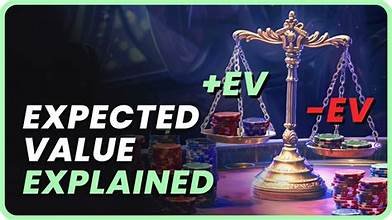
Expected Value measures the profitability of a decision in the long run. By calculating EV, you can determine whether a play will yield positive or negative results over many repetitions.
Example: If the probability of winning a $100 pot is 25%, and the probability of losing $25 is 75%, the EV calculation would look like this:
EV= (0.25 x $100)-(0.75 x $25) = $25-$18.75 = +$6.25
This is a positive EV decision, meaning it’s profitable over time.
HAND RANGES & COMBINATORICS
Poker is as much about predicting your opponents’ hands as it is about playing your own. Hand ranges represent the spectrum of hands an opponent might have, while combinatorics help calculate the likelihood of specific holdings.
Example: If an opponent raises pre-flop, their range might include premium hands like pocket pairs and suited connectors. Combinatorics allows you to narrow this range by considering factors like their betting patterns and the community cards.
FOLD EQUITY
Fold equity refers to the value you gain when your opponent folds to your bet or raise. It’s a critical component of semi-bluffing and aggressive play.
Example: If you semi-bluff with a flush draw, the immediate value of your hand might be low, but the added possibility of forcing your opponent to fold can turn a negative EV play into a profitable one.
Dive deeper into this concept in Fold Equity & Implied Odds
These components work in tandem to inform your decisions at the table. Whether calculating pot odds, leveraging implied odds, or analyzing hand ranges, understanding poker math allows you to make consistent, informed decisions. Combined with psychological insights and strategic adjustments, these calculations form the bedrock of a winning poker strategy.
PRACTICAL APPLICATIONS OF POKER MATH
Understanding the theory behind poker math is crucial, but applying it in real-world scenarios is where the knowledge truly pays off. Poker math isn’t just a tool for the classroom—it’s a powerful weapon at the table that can help you make smarter decisions, avoid pitfalls, and exploit your opponents. Let’s explore some practical applications of poker math.
CALCULATING POT ODDS IN A LIVE GAME

Pot odds are one of the most frequently used concepts in poker. During a hand, you’ll constantly evaluate whether a call, bet, or fold is the right choice based on the size of the pot relative to your investment.
Example: You’re on the turn with a flush draw. The pot is $200, and your opponent bets $50.
- Total Pot: $250
- Call Cost: $50
- Pot Odds: $250:$50 = 5:1
- Hand Odds: 4.22:1 (flush draw odds)
Since the pot odds (5:1) are better than your hand odds (4.22:1), calling is a profitable decision. By understanding pot odds, you avoid overpaying for speculative hands and can capitalize on situations where the math works in your favor.
LEVERAGING IMPLIED ODDS
Sometimes, the pot odds alone don’t justify a call. This is where implied odds come into play. If you expect to win additional bets on later streets when you hit your hand, you can factor that into your decision-making.
Example: You have a straight draw with 8 outs on the turn. The pot is $100, and your opponent bets $50. The pot odds (3:1) aren’t sufficient to call, but if you anticipate winning an extra $200 on the river when you hit your straight, implied odds might make the call worthwhile.
Understanding implied odds allows you to make strategic plays in marginal situations, especially against loose/passive opponents who are likely to pay off big bets.
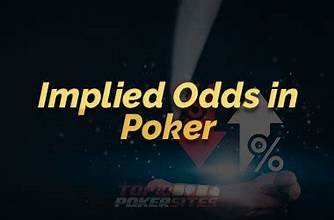
USING EXPECTED VALUE FOR LONG-TERM PROFITABILITY
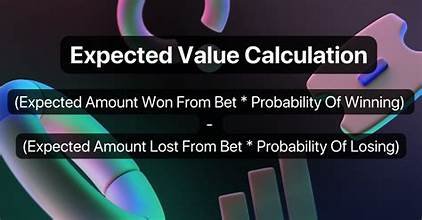
Expected Value (EV) calculations are the foundation of every long-term winning strategy. Every decision at the poker table has an EV attached to it—either positive (+EV) or negative (-EV). The goal is to consistently make +EV decisions while minimizing -EV ones.
Example: You’re considering a bluff into a $150 pot with a $50 bet.
- Probability Opponent Folds: 40%
- Probability Opponent Calls: 60%
- EV Calculation:
- EV = (0.4 x $150) – (0.6 x $50) = $60 – $30 = +$30
Even though your bluff won’t work every time, it has a positive EV of $30 in the long run, making it a profitable play.
NARROWING HAND RANGES WITH COMBINATORICS
Predicting an opponent’s possible holdings becomes more precise when you use combinatorics to calculate the likelihood of specific hands. This skill helps you make better decisions, such as when to fold, call, or raise.
Example: The board shows Ace-King-Jack, and your opponent raises. Using combinatorics, you can calculate the number of possible combinations of premium hands (e.g., AQ, AK, KQ) versus weaker holdings (e.g., middle pairs or bluffs). If their range skews toward strong hands, you might fold marginal holdings.
By narrowing ranges, you can make better-informed plays and avoid costly mistakes.

BLUFFING WITH FOLD EQUITY

Fold equity isn’t just about bluffing—it’s about knowing when the math supports your bluff. By calculating the probability of an opponent folding versus calling, you can determine whether your bluff is likely to succeed.
Example: The pot is $200, and you bet $100 as a semi-bluff.
- Probability Opponent Folds: 50%
- Probability Opponent Calls: 50%
- EV Calculation:
EV = (0.5 x $200) – (0.5 x$100) = $100 – $50 = +$50
If your opponent folds half the time, this semi-bluff is profitable regardless of whether you improve your hand.
These practical applications demonstrate how poker math becomes a dynamic part of your decision-making process. From calculating pot odds to leveraging fold equity, these tools provide clarity in complex situations. However, math alone isn’t enough—context matters. Player tendencies, table dynamics, and psychology all play a role in determining the best course of action.
Mastering the practical applications of poker math will transform your approach to the game, allowing you to think like a strategist and consistently make decisions that lead to long-term profitability.
THE ZEN OF POKER MATH
The Zen of Poker Math is the seamless integration of mathematical principles with the psychological and emotional elements of poker. It’s about understanding that poker is not just about numbers or instincts but the synergy between the two.
In Zen philosophy, there’s an emphasis on understanding the essence of things—the underlying form. In poker, math is that underlying form, but it’s brought to life through strategic execution, timing, and adaptability.
THE BALANCE BETWEEN LOGIC AND INSTINCT
PLAYING IN THE PRESENT MOMENT
- Math as the Foundation: Poker math forms the core framework for decision-making. It quantifies the probabilities, pot odds, implied odds, and expected value of every action.
- Instinct as the Edge: Human psychology, player tendencies, and table dynamics cannot be fully captured by math. Intuition bridges the gap, allowing players to navigate situations where numbers alone fall short.
The Zen Connection: Just as Zen teaches harmony between opposites, great poker requires balancing the rigidity of math with the fluidity of intuition.
Zen emphasizes mindfulness and living in the present moment—a concept that’s highly relevant to poker. Each decision you make at the table should be based on the current circumstances, not the emotional weight of past hands or the pressure of future outcomes.
- Focus on the Now: Each hand is a new opportunity to make the best possible decision.
- Let Go of Tilt: Embrace the outcomes as they come, knowing that you’ve made decisions rooted in sound math and observation.
By staying present, you avoid the distractions of variance and can make consistently rational choices.
EMBRACING UNCERTAINTY
THE MINDSET OF A ZEN POKER PLAYER
Zen acknowledges that uncertainty is a natural part of life. Similarly, poker is a game of incomplete information. While math helps reduce uncertainty, it cannot eliminate it. The key is learning to thrive in the face of the unknown.
- Trust the Process: Know that long-term success is built on a series of +EV decisions, even if short-term outcomes vary.
- Find Comfort in Variance: Variance is not your enemy; it’s the reason poker is profitable. Without variance, weaker players would never stay in the game.
Understanding and accepting variance allows you to remain calm and focused, no matter how the cards fall.
The Zen of Poker Math extends beyond the numbers. It’s about cultivating a mindset that aligns with the principles of both math and psychology:
- Patience: Wait for the right spots, understanding that discipline leads to long-term rewards.
- Adaptability: Adjust your strategy based on player types, table dynamics, and game flow.
- Humility: Recognize that you can’t control outcomes, but you can control the quality of your decisions.
- Awareness: Stay attuned to your emotions, your opponents, and the underlying math of every hand.
INTEGRATING ZEN AND MATH INTO YOUR STRATEGY
- Combine Logic and Emotion: Use math to ground your decisions and emotions to interpret your opponents’ actions.
- Learn from Every Hand: Whether you win or lose, analyze your choices to refine your approach.
- Play with Purpose: Every session should be an opportunity to grow, both as a poker player and as a strategist.
The Zen of Poker Math is about transcending the divide between logic and intuition. By mastering the numbers and aligning them with a mindful, adaptable mindset, you can elevate your game to a level where every decision is purposeful and strategic. It’s not just about winning hands—it’s about achieving harmony with the game itself.
STEPS TO IMPROVE YOUR POKER MATH SKILLS
Improving your poker math skills is not just about crunching numbers—it’s about developing a deeper understanding of how math influences every decision you make at the table. By mastering the core concepts and integrating them into your gameplay, you’ll gain a significant edge over your opponents. Here are actionable steps to help you refine your poker math skills and apply them effectively.
START WITH THE BASICS
PRACTICE MENTAL MATH
Before diving into complex concepts, ensure you have a solid foundation in the fundamentals:
- Understand Pot Odds: Learn how to calculate pot odds and compare them with hand probabilities to make sound decisions.
- Learn Hand Probabilities: Familiarize yourself with common odds, such as the likelihood of hitting a flush or straight.
- Study Expected Value (EV): Grasp how to calculate EV to evaluate whether a play is profitable in the long run.
Resource: Check out Pokerrailbird.com’s beginner-friendly articles like Pot Odds & Hand Probabilities and Expected Value in Poker.
Poker decisions often need to be made in real-time. Sharpen your mental math skills to speed up calculations at the table:
- Practice dividing pot sizes by bet amounts to quickly calculate pot odds.
- Memorize common poker odds (e.g., flush draw odds, straight draw odds) to reduce calculation time.
- Use flashcards or apps to reinforce your ability to compute percentages and ratios under pressure.
UTILIZE TRAINING TOOLS AND APPS
APPLY CONCEPTS IN LOW-STAKES GAMES
Leverage modern tools to enhance your understanding of poker math:
- Odds Calculators: Practice scenarios with tools like Equilab or PokerStove to analyze hand equities.
- Combinatorics Tools: Use apps to practice calculating combinations and narrowing opponent ranges.
- Simulators: Test your knowledge in virtual poker environments that simulate real hands.
Pro Tip: Focus on tools that align with your current skill level and gradually increase complexity.
Theory is important, but application is where real growth happens. Start applying your knowledge in low-stakes games:
- Experiment with calculating pot odds, hand probabilities, and implied odds during play.
- Focus on recognizing profitable situations and avoiding -EV plays.
- Review your hands post-session to identify areas for improvement.
STUDY ADVANCED CONCEPTS
ANALYZE YOUR SESSIONS
Once you’ve mastered the basics, expand your knowledge with more advanced topics:
- Combinatorics: Learn how to calculate hand combinations and use this to narrow opponents’ ranges.
- Implied Odds: Understand how potential future winnings affect your current decisions.
- Fold Equity: Incorporate fold equity into your EV calculations for bluffs and semi-bluffs.
Resource: Dive into advanced articles like Hand Combinations—Combinatorics and Fold Equity & Implied Odds on Pokerrailbird.com.
Reviewing your play is essential for improvement:
- Use hand history review tools to analyze decisions and identify mistakes.
- Focus on situations where math could have influenced a better choice.
- Seek feedback from experienced players or coaches to refine your approach.
Pro Tip: Create a journal to track patterns and concepts you want to improve.
INCORPORATE MATH INTO YOUR STRATEGY
COMMIT TO CONTINOUS LEARNING
Remember, math is a tool—not the entire strategy. Combine your knowledge of poker math with:
- Psychology: Use math to reinforce reads and exploit opponents’ tendencies.
- Game Dynamics: Adjust your strategy based on table composition and player styles.
- Adaptability: Balance math with intuition to navigate complex situations.
The poker landscape is always evolving, and staying ahead requires a commitment to lifelong learning:
- Stay updated with new strategies and trends in poker math.
- Revisit articles, books, and videos to refresh your knowledge.
- Engage in forums or discussion groups to learn from other players’ experiences.
Improving your poker math skills is a journey that requires consistent effort and practice. By mastering the basics, applying them at the table, and continuously seeking to improve, you’ll transform yourself into a more calculated, confident, and profitable player.
Take the first step today by exploring the comprehensive resources available on Pokerrailbird.com and start integrating math into your game!
CONCLUSION
Poker is a game of calculated decisions, human psychology, and strategic adaptability. While math provides the framework for making sound, profitable decisions, it’s only one part of a larger puzzle. A complete poker strategy brings together the logical precision of math with the nuances of human behavior and game dynamics.
Mastering poker requires understanding how these elements work together. Math helps you calculate pot odds, hand probabilities, and expected value. Psychology teaches you how to exploit player tendencies and avoid emotional pitfalls like tilt. Observation sharpens your ability to read opponents, while patience ensures you wait for the right opportunities to strike. Together, these components form a strategy that separates winning players from the rest.
ACTIONABLE STEPS
- Commit to Mastering Math: Start by reviewing the concepts discussed in this article, such as pot odds, implied odds, and combinatorics.
- Integrate Psychology: Explore articles like Player Styles of Play and Mindfulness in Poker to enhance your mental game.
- Use Every Moment at the Table: Whether you’re in a hand or not, observe your opponents, study their tendencies, and refine your strategy in real time.
- Embrace Lifelong Learning: Poker is constantly evolving. Stay ahead by engaging with resources, practicing regularly, and analyzing your play.
POKER TOOLS - NOT RULES
At Pokerrailbird.com, we believe in empowering players with tools, not rules. Our articles, videos, and quizzes are designed to help you build your strategy on a foundation of knowledge and adaptability. If you’re ready to take the next step, explore our extensive library of content or join our community for interactive discussions.
Remember, poker rewards those who are willing to learn, adapt, and grow. Whether you’re new to the game or a seasoned player, there’s always room to elevate your skills. The journey begins with understanding—and mastering—the underlying form of poker: math.
Ready to level up your game? Dive into our resources and start building a strategy that works for you. See you at the tables!



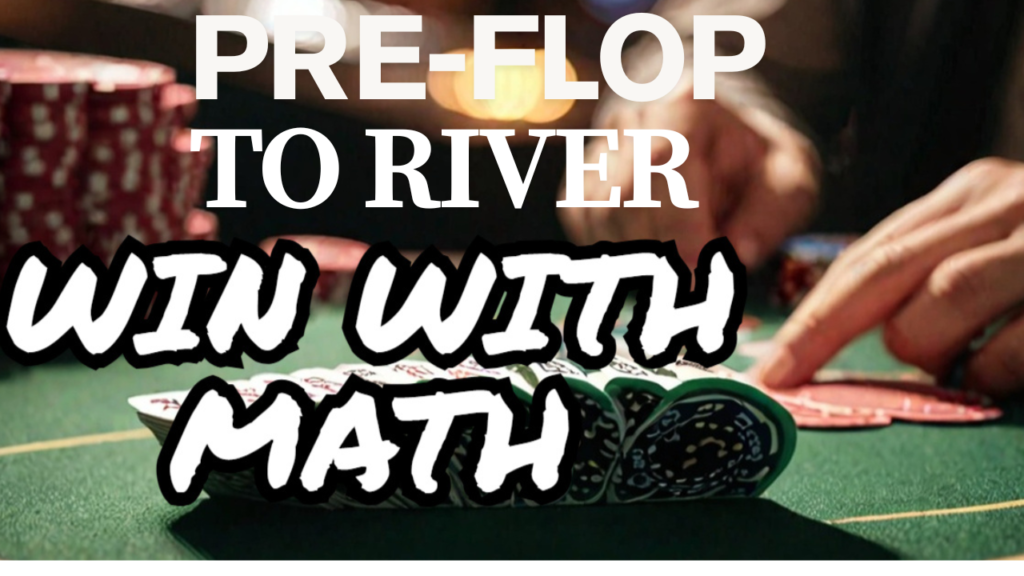

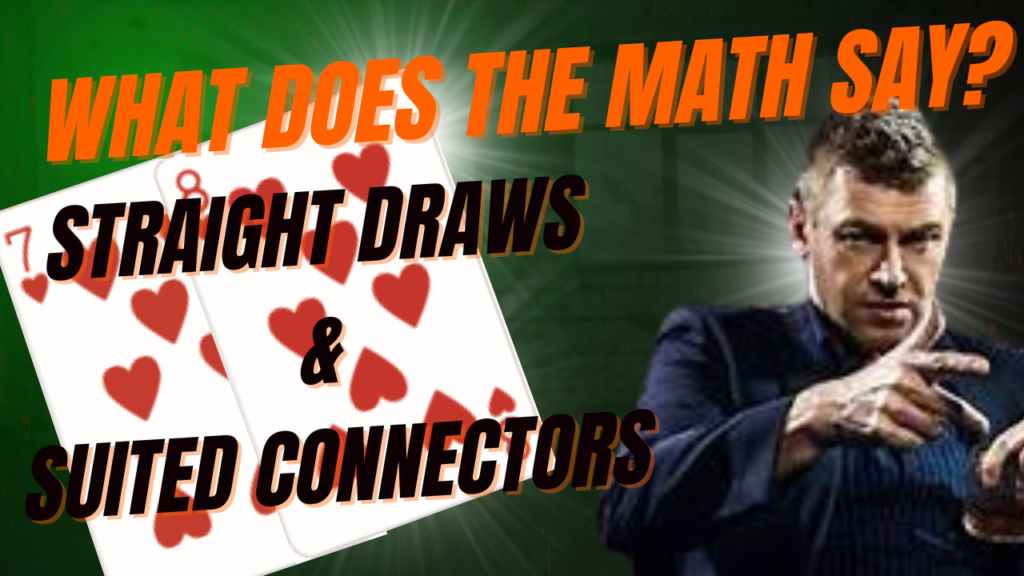
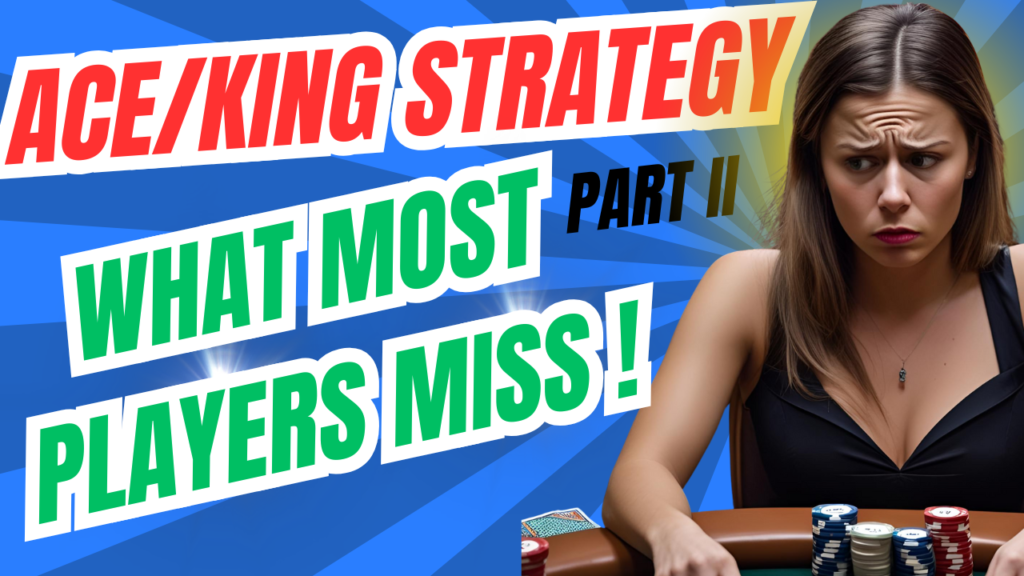
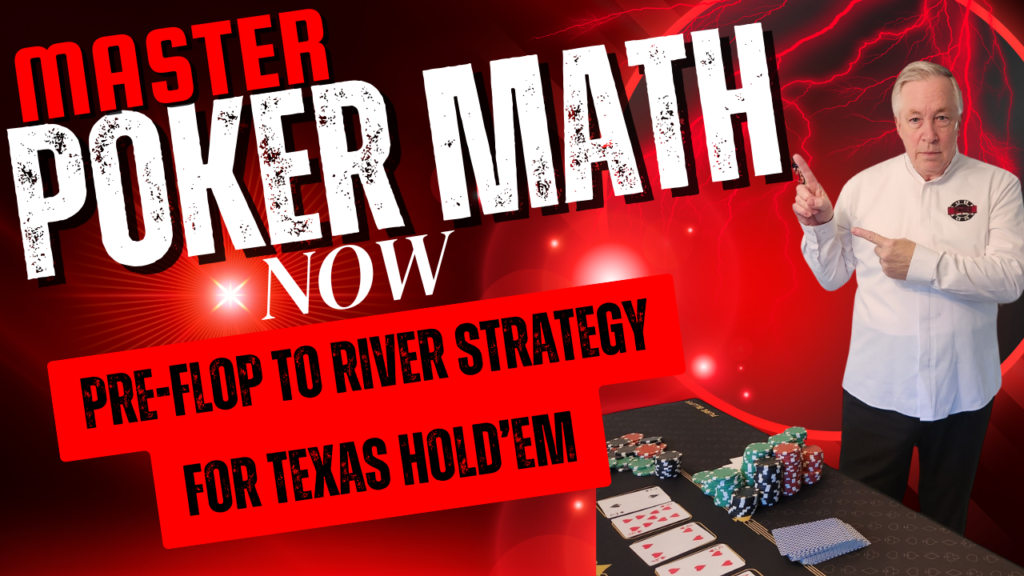
1 thought on “Poker Math – The Underlying Form Of Poker”
of course like your web site however you need to test the spelling on several of your posts. Several of them are rife with spelling problems and I in finding it very bothersome to tell the reality on the other hand I’ll certainly come again again.
Comments are closed.